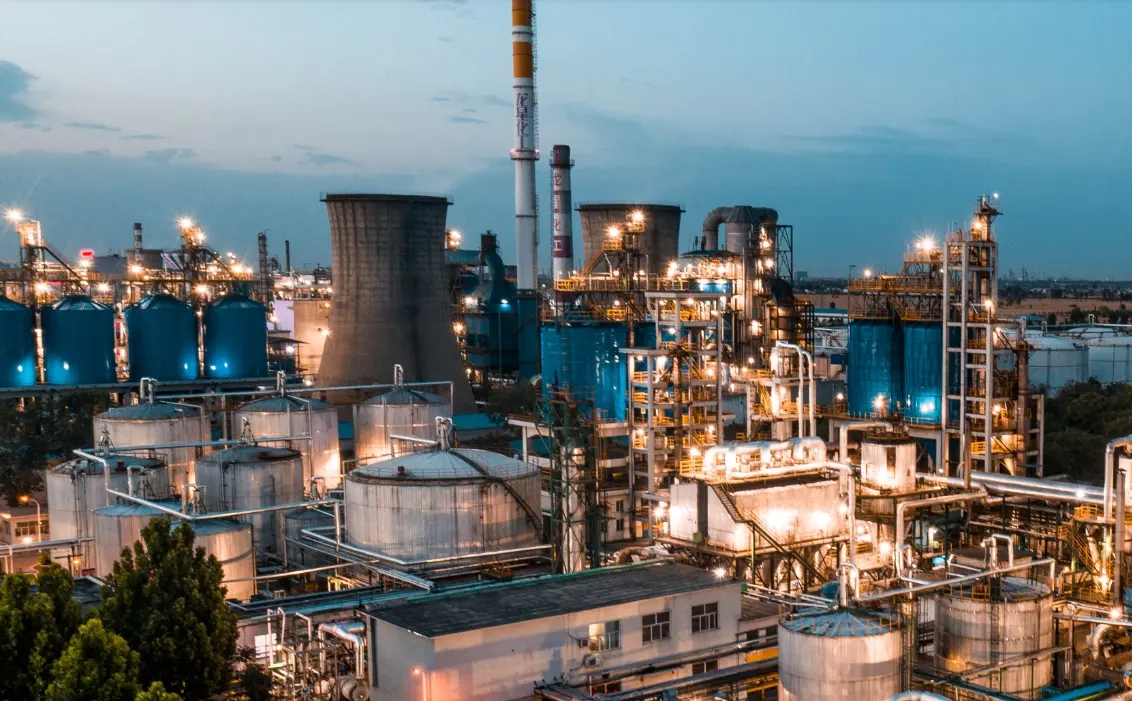Energy Crisis Compounded by Slumping Demand, Local Producers Face Intensified Global Competition
Release time: 2025-03-27
High Manufacturing Costs Weigh Heavily on European Carbon Black Industry as Market Outlook Darkens
—Energy Crisis Compounded by Slumping Demand, Local Producers Face Intensified Global Competition
Europe’s carbon black market is caught in a dilemma of “fire and ice.” While product prices remain stable for now, persistently weak downstream demand and soaring energy costs are pushing local manufacturers to the brink of survival. As a core raw material for the tire and rubber industries, carbon black production costs are deeply tied to natural gas prices. Geopolitical turmoil has triggered drastic fluctuations in energy markets, making cost control increasingly challenging for European producers.
Double Blow from Demand Side
Latest industry data reveals a 9% year-on-year contraction in Europe’s replacement tire market for Q3 2024, marking a stark decline compared to the same period three years ago. Meanwhile, the European Automobile Manufacturers’ Association reported an 18.3% plunge in new car registrations, directly impacting demand for original equipment tires. The simultaneous slump in these two core markets has led to severe inventory buildup across the carbon black supply chain, forcing some manufacturers to initiate production adjustments.
Energy Crisis Exacerbates Challenges
Europe’s carbon black production heavily relies on naphtha cracking processes, while North American competitors benefit from cost-efficient ethane-based ethylene production. Ongoing geopolitical risks—such as Red Sea shipping disruptions and the Russia-Ukraine conflict—continue to roil global oil markets, with Brent crude price volatility surging 47% since early 2024. This has further widened the production cost gap between Europe and the U.S. Analysts note that European carbon black producers now face 35-40% higher natural gas procurement costs compared to Asian rivals, eroding their pricing power in international markets.
Global Competition Heats Up
European carbon black manufacturers are being squeezed on multiple fronts: low-cost production driven by the U.S. shale revolution, China’s integrated supply chain advantages, and Middle Eastern mega-facilities leveraging cheap energy. According to chemical market intelligence firm ChemAnalyst, global carbon black capacity is expected to shift toward the Asia-Pacific region by 2025, with Europe’s market share potentially shrinking to a historic low of 18%.
Structural Transformation Becomes Urgent
Despite a moderate recovery in the global automotive industry, shifts in tire specifications due to electrification and the rise of sustainable material alternatives are reshaping carbon black demand. Some leading companies have launched innovation initiatives, including investments in methane cracking for hydrogen co-production and bio-based feedstock technologies. However, industry insiders warn that without targeted EU energy subsidies, Europe’s carbon black sector risks accelerating the loss of its global competitiveness.
At this critical juncture, European carbon black manufacturers stand at a crossroads. How they balance cost control with technological innovation may determine the fate of this century-old industry.
Reference: chemanalyst.news


